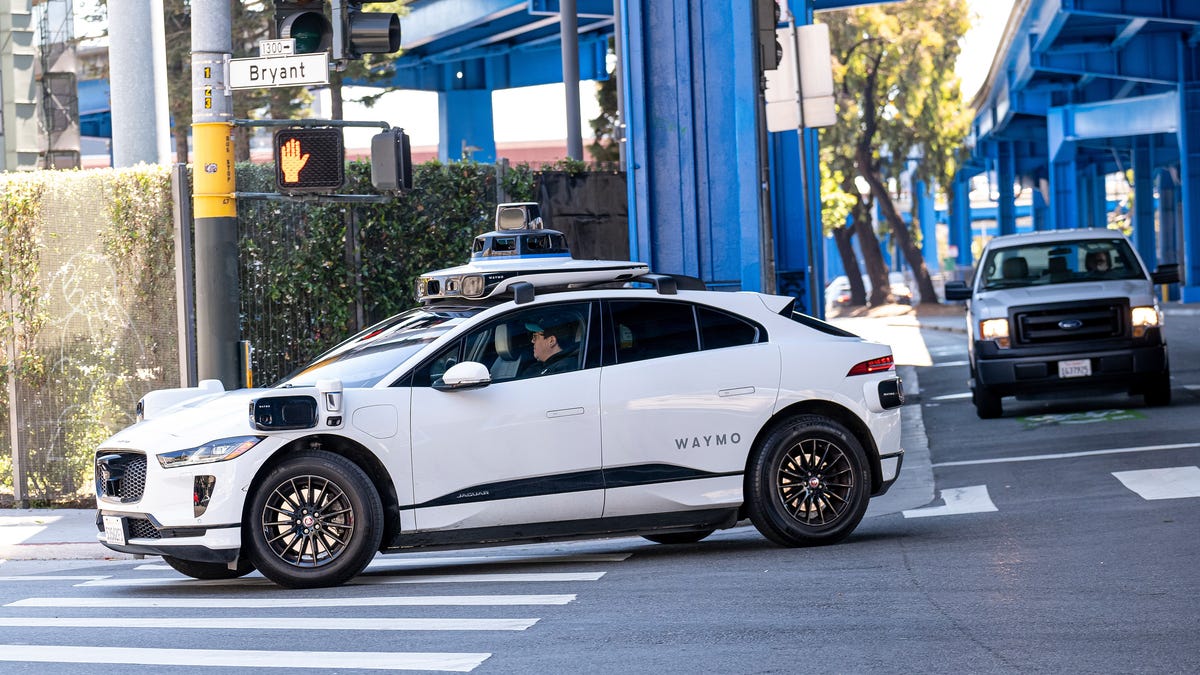The California Public Utilities Commission voted 3-1 in favor of opening up robotaxis for 24/7 service anywhere in the city of San Francisco Thursday night. The vote comes after contentious public comment both for and against the two companies—Waymo and Cruise—and their self-driving cars.
The vote makes San Francisco the first city in America to really open up self-driving cars to the entire city. Before the vote, the two companies could only operate in neighborhoods on the northwest side of the city between the hours of 10 p.m. and 5 a.m.
The six-and-a-half hours of public commentary ahead of the vote were deeply contentious, ABC San Francisco reports, with some disabled San Francisco residents largely coming out in favor of the self-driving vehicles while other residents pointed to serious problems with the technology:
The critics focused on many of the issues that had been raised over the last few months including incidents where the vehicles stalled in the middle of roads, blocking traffic and in some cases interfering with emergency responders.
Supporters said they felt like autonomous vehicles were safer than human drivers.
Many vision-impaired people said they felt like the autonomous vehicles gave them a greater sense of freedom and security, allowing them to ride wherever they need to go without having to worry about harassment from rideshare drivers.
The vote to expand the use of robotaxis seemed like a certainty in May when the CPUC published a draft resolution, but vocal opposition from San Francisco officials has made for a bumpy ride for both companies since then.
Public officials who complained about the self-driving cars are hearing disturbing incidents coming from San Francisco’s police and fire departments. First responders have had to deal with the robotaxis in order to do their important work of addressing emergency situations and saving lives. They say, despite the two company’s promises to the contrary, that working with self-driving vehicles has been a serious impediment, according to NBC:
In San Francisco, cameras have captured self-driving cars getting confused by emergency scenes, sometimes plowing into caution tape, or blocking fire trucks.
Without a driver in the car, Nicholson said, it’s difficult to get the vehicles to move when they’re impeding first responders. The chief said her crews have even had to smash the window of a driverless car to stop it from getting in their way.
In instances where first responders need help moving an unresponsive driverless vehicle, fire department officials have been given a toll free phone number to call to reach a company representative.
“We don’t have time to call a 1-800 number when we are doing CPR on someone,” Nicholson said.
Waymo and Cruise both have extensive how-tos for first responders dealing with self-driving cars. Waymo’s training documents repeatedly insist first responders call its critical response line, and then give the operator on the other end the vehicle’s serial number (found on the windshield or on the vehicle’s display.) Connecting with an operator is also not always as easy and instantaneous as the two companies make it out to be, from The New York Times:
“It is not our job to babysit their vehicles,” said Jeanine Nicholson, chief of the San Francisco Fire Department. She said instances where firefighters had to attend to self-driving cars that wouldn’t move for 30 minutes were “unacceptable.”
City officials said they had also documented about 600 incidents involving self-driving cars, including when the cars stopped unexpectedly or made illegal turns.
The average response time during an accident was 10 minutes for Waymo and 14 minutes for Cruise, representatives of the companies said at the hearing. While technicians can offer some guidance to the A.I. system in the cars, they cannot operate the vehicles remotely.
From Jan. 1 to July 18, Cruise reported 177 rides where its vehicle was stuck on the road and had to be removed — 26 of which had a passenger inside. Waymo said it had identified 58 incidents over the first six months of 2023 where a vehicle with a passenger inside had to be retrieved.
It really does sound like a lot of steps while dealing with an emergency situation. The problems have been so concerning that San Francisco leadership begged the state to hold off on the vote, winning two extensions. The problems have continued, but the CPUC says Waymo and Cruise have met all the conditions for expanding service, though the body is urging the two companies to iron out the kinks.
The technology is largely safe on its face; after tens of thousands of trips, only one death has been attributed to self-driving cars, and the human operator behind the wheel recently pled guilty to endangerment in the 2018 crash, NPR reports. Still, the secondary effect of blocking traffic could be costs that are harder to quantify.

